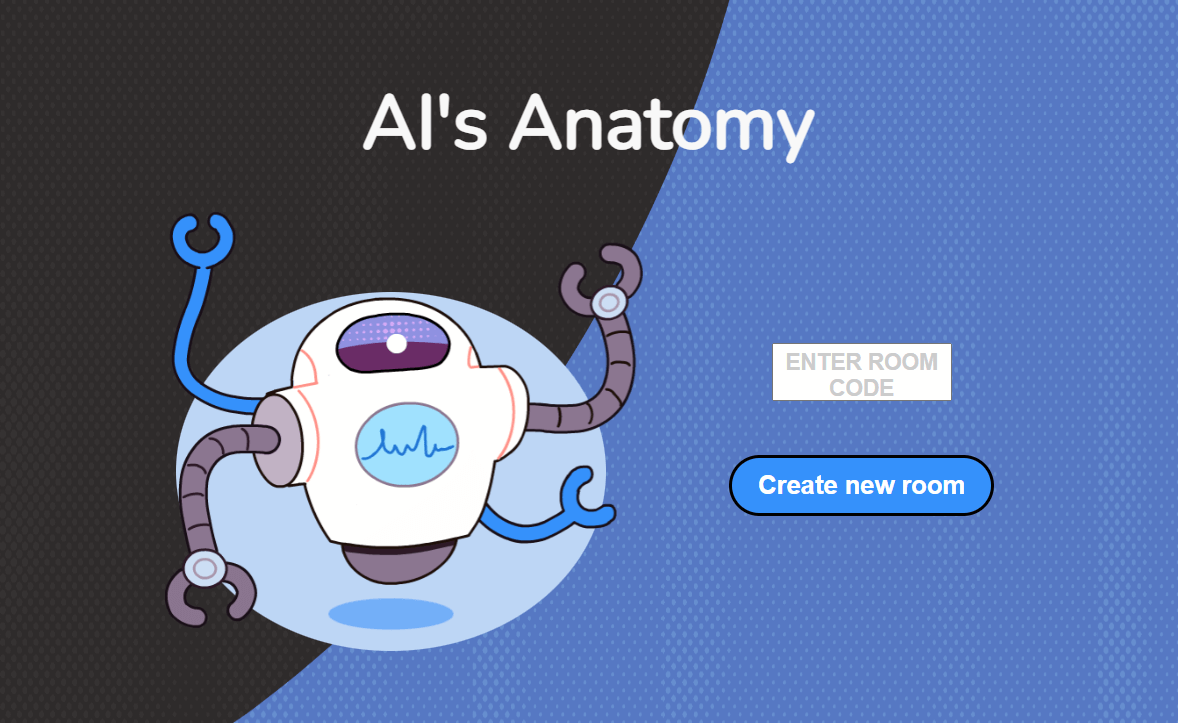Award Won!
Best Social Media Crowdsourcing Game

AI’s Anatomy
The Woodrow Wilson Center for International Scholars, Serious Games Initiative
The game AI’s Anatomy was designed for a session of the Wilson Center’s Technology Labs, a six week closed-door seminar series on AI provided for executive and legislative government staff in the United States. The specific session that this game is for focuses on bias in AI systems, and challenges participants to think of not only how bias can be embedded in systems but the consequences of bias in AI. The game itself takes inspiration from a core reading of the seminar by Obermeyer et al., called “Bias and how it is embedded in machine learning/AI systems”. In this, the authors discovered how an algorithm trained on healthcare data (such as the cost of healthcare, number of visits per year, etc.) was racially biased due to the historical underutilization of the healthcare system of Black Americans. Players do not know this going into the game, however. Instead, they must help B3T4 learn how to correctly identify people in need of higher medical care. In each round, the player and B3T4 can refine the model by adding more and more data. In the task of training the AI to “sort” patients, players can see how an algorithm can sharpen the picture — but also easily it is to add bias into a system.
